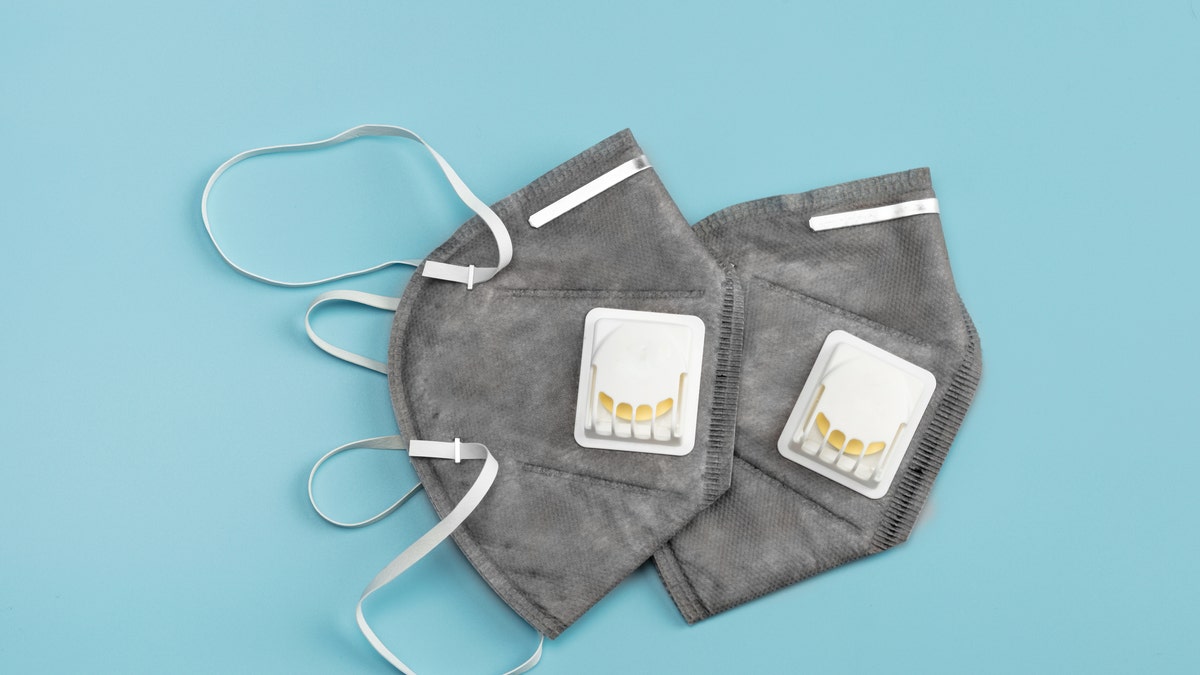Fox News Flash top headlines for August 10
Fox News Flash top headlines are here. Check out what's clicking on Foxnews.com.
Does your face mask have vents or valves?
The Centers for Disease Control and Prevention (CDC) recently updated its guidelines advising Americans to avoid such face masks, as they aren’t as effective in preventing the spread of COVID-19.
CLICK HERE FOR COMPLETE CORONAVIRUS COVERAGE
“The purpose of masks is to keep respiratory droplets from reaching others to aid with source control. Masks with one-way valves or vents allow exhaled air to be expelled out through holes in the material. This can allow exhaled respiratory droplets to reach others and potentially spread the COVID-19 virus,” the federal agency states in its guidance.
“Therefore, CDC does not recommend using masks if they have an exhalation valve or vent.”
“Although there is some feeling that any type of mask is better than none, it's really not that helpful when one isn't wearing a mask correctly or wearing one that is ineffective, and may not even realize it. These recent guidelines from the CDC are helpful in helping people choose masks," Dr. John Whyte, the chief medical officer of the health care website WebMD, told Fox News in an email.
"I know everyone wants comfort when wearing a mask. The key for protection is a good seal — thereby keeping as many infectious particles that we can from affecting other people. Sometimes that seal makes our glasses foggy or causes humidity. The problem with the valves is that although the prevent particles from coming in, they allow particles to come out — defeating the purpose of infection control. Masks with vent decrease the effectiveness of the seal,” he continued.

"Masks with one-way valves or vents allow exhaled air to be expelled out through holes in the material. This can allow exhaled respiratory droplets to reach others and potentially spread the COVID-19 virus. Therefore, CDC does not recommend using masks if they have an exhalation valve or vent," the CDC says. (iStock)
Indeed: Though valves make masks a bit more breathable, “they don’t do anything in terms of filtering out anything the wearer is exhaling,” Dr. Ali Raj, executive vice chairman of the department of medicine at Mass. General Hospital, told the Boston Globe in May.
“When you’ve got people coming out and businesses opening back up, you might as well have people not wearing masks at all if they’ve got a one-way valve because they’re just breathing everything right out into the air without any filtration,” he added.
The CDC’s guidance comes after N95 respirators with small valves on the front became the target of a similar warning from a local health department in May.
CORONAVIRUS: WHAT YOU NEED TO KNOW
At the time, the San Francisco Department of Public Health took to Twitter to remind residents that if they are choosing to wear an N95 (which should ideally be reserved for medical workers on the frontline, officials have stressed), they should ensure it doesn’t have the front valve.
Valved N95 masks are not typically used in a medical setting, though they are said to make breathing easier, according to a 2008 study on the masks. In general, N95s help to “reduce the wearer’s exposure to airborne particles, from small particle aerosols to large droplets,” according to the CDC.

